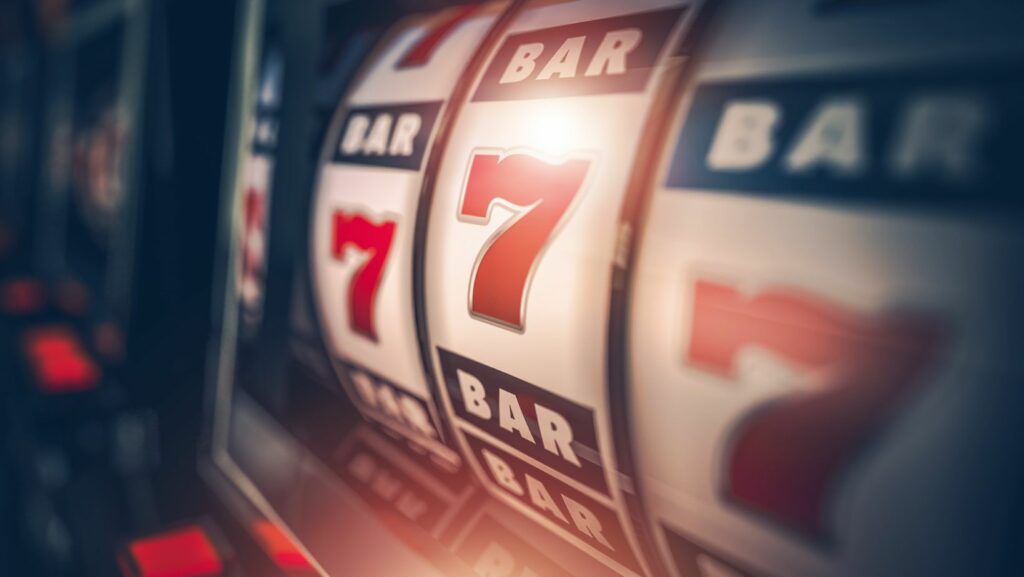You’ve probably used auto-spin. Hit that button, lean back, watch the reels blur past at lightning speed. It feels efficient—like you’re covering more ground faster. But after tracking my sessions for months, I discovered something unsettling about auto-spin that most players never notice.
Auto-spin doesn’t just change how fast you play. It fundamentally alters how your brain processes the entire gambling experience. And not in a good way.
Testing different play styles becomes easier with platforms offering both modes. Goldbet Italia provides demo versions alongside real play, plus their Gold Club loyalty system rewards manual engagement through points that convert into bonuses up to €2,000.
The Hypnotic Effect of Passive Play
When you hit auto-spin, your role shifts from active participant to passive observer. Your brain enters what researchers call “flow state”—the same mental zone people experience while scrolling social media or watching TV.
This sounds relaxing, but it’s dangerous for gambling. Flow state reduces your awareness of time, money spent, and decision-making quality. I tested this by playing identical 30-minute sessions—half manual, half auto-spin. During manual play, I remembered specific wins, near-misses, and bonus rounds. During auto-spin sessions? Everything blurred together into a vague memory of spinning reels.
The problem: When you can’t distinguish individual spins, you lose track of your actual results. Bad streaks feel shorter than they really are, and good streaks feel more frequent than they actually were.
Why Your Brain Craves the Click
Manual spinning creates what psychologists call “operant conditioning”—you perform an action (click) and receive a reward (potential win). This creates a stronger neurological connection between your behavior and the outcome.
Auto-spin breaks this connection. You’re no longer earning each spin through action. Your brain registers this difference, reducing the satisfaction from wins and making losses feel more abstract.
Personal test: I played the same slot for two hours—one hour manual, one hour auto-spin. Manual wins felt more “deserved” and memorable. Auto-spin wins barely registered emotionally, even when they were identical amounts.
The Speed Trap Nobody Talks About

Auto-spin typically runs 3-4x faster than manual play. Sounds efficient until you realize this speed serves the casino, not you.
At manual speed, I average about 180 spins per hour. With auto-spin, that jumps to 600+ spins. Same time investment, but I’m putting nearly four times more money at risk due to pure speed.
The math is brutal: If a slot has a 4% house edge, manual play costs me roughly $36 per hour on $5 bets. Auto-spin on the same game costs me around $120 per hour. The house edge percentage stays the same, but the sheer volume multiplies your losses.
Quick calculation: Most players think faster play means better chances. It actually means faster losses, even if your hit frequency feels higher. Games with balanced payout structures like those found at https://slotspeak.net/medium-volatility-slot-games/ demonstrate this perfectly—they maintain engaging manual play without requiring auto-spin speed to feel worthwhile.
When Manual Control Saves Your Session
Manual spinning forces micro-decisions that keep you engaged with the reality of gambling. Each click requires conscious intention. This prevents the “zombie mode” that auto-spin encourages.
During manual play, I naturally pause between spins—checking my balance, evaluating my mood, deciding whether to continue. These tiny breaks create opportunities to make rational decisions about bet size and session length.
Auto-spin eliminates these decision points. The machine maintains momentum while your conscious mind disengages. Before you know it, your session budget is gone and you have no clear memory of how it happened.
The Bonus Round Blindness
Free spins and bonus rounds lose their impact during auto-spin sessions. Instead of building anticipation when scatter symbols appear, the bonus triggers automatically and plays out while you’re barely paying attention.
I started manually triggering bonus rounds even during auto-spin sessions. The difference was striking. Manual bonus rounds felt like genuine events worth celebrating. Auto-spin bonuses felt like background noise, even when they paid well.
Strategy shift: Now I use auto-spin only for base game play, then switch to manual whenever features trigger. It keeps me engaged with the parts that matter most.
Finding the Right Balance
I’m not saying never use auto-spin. It has legitimate uses—testing new games quickly, playing while multitasking, or when you want minimal engagement.
But treat it like a tool with specific purposes rather than the default way to play. For serious gambling sessions where you want to maximize entertainment value and maintain awareness, manual control keeps you sharper.
The Bottom Line
Auto-spin trades control for convenience, but that trade-off costs more than most players realize. The psychological benefits of manual play—better memory formation, stronger emotional connection to results, natural pacing breaks—directly impact your gambling success and satisfaction.
Your next session, try going fully manual. Notice how differently you experience wins, losses, and the overall flow of play. The extra few seconds per spin might just save your bankroll.



